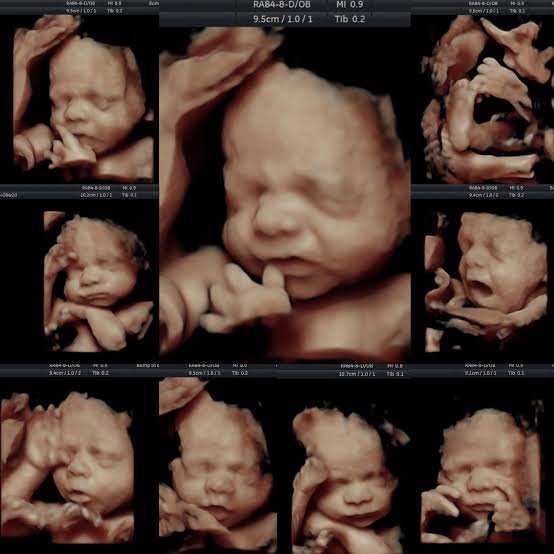Growth Scan In Nagpur

What Is a Growth Scan?
A Growth Scan is a type of ultrasound done during the second or third trimester of pregnancy to assess the development and growth of the fetus. Unlike the earlier scans that primarily confirm pregnancy and detect abnormalities, the growth scan focuses on:
Baby’s weight
Amniotic fluid levels
Blood flow through the umbilical cord
Placental health
Fetal position
Why Is a Growth Scan Important?
The Growth Scan plays a pivotal role in:
Detecting Intrauterine Growth Restriction (IUGR): Helps identify if the baby is not growing at the expected rate.
Monitoring High-Risk Pregnancies: Especially important for diabetic mothers, twin pregnancies, or those with hypertension.
Planning Delivery: If a complication is found, doctors can prepare for early or C-section delivery.
Checking Placental Function: Ensures the baby is receiving enough nutrients and oxygen.
What Happens During a Growth Scan?
Here’s what to expect:
Preparation: Usually, no fasting or full bladder is required, unless instructed otherwise.
Procedure: A gel is applied to your belly and a probe (transducer) is moved around to capture images.
Duration: The scan takes 20–30 minutes.
Real-time Imaging: You might get a peek at your baby moving, yawning, or sucking their thumb.
Key Parameters Measured in a Growth Scan
The Growth Scan evaluates several biometric and physiological parameters, including:
Biparietal Diameter (BPD): Width of the baby’s head.
Femur Length (FL): Length of the thigh bone.
Abdominal Circumference (AC): Indicates baby’s weight and size.
Head Circumference (HC): Helps detect abnormal head growth.
Estimated Fetal Weight (EFW): Calculated based on other parameters.
Amniotic Fluid Index (AFI): Assesses the fluid level in the womb.
Doppler Studies: Measures blood flow in the umbilical cord and brain.
Abnormal Growth Scan Results: What They Mean
If the results fall outside the normal range, it might indicate:
IUGR (Intrauterine Growth Restriction): Baby is smaller than expected.
Macrosomia: Baby is larger than normal, often due to maternal diabetes.
Low Amniotic Fluid (Oligohydramnios): Risk of premature delivery.
High Amniotic Fluid (Polyhydramnios): Risk of preterm labor.
Placental Insufficiency: Reduced oxygen/nutrient supply.
Preparing for a Growth Scan
Here are some tips for a smooth experience:
No need to fast
Empty bladder unless advised otherwise
Wear a two-piece outfit for easy access to the abdomen
Carry previous ultrasound reports for comparison. book an appointment at Nobel Imaging and Diagnostic for a medical test
In some cases, a contrast dye may be injected to enhance the visibility of certain tissues or blood vessels. If needed, our staff will discuss this with you beforehand. Contact Us
